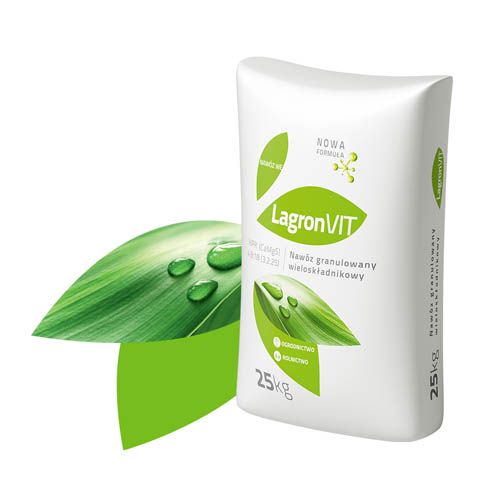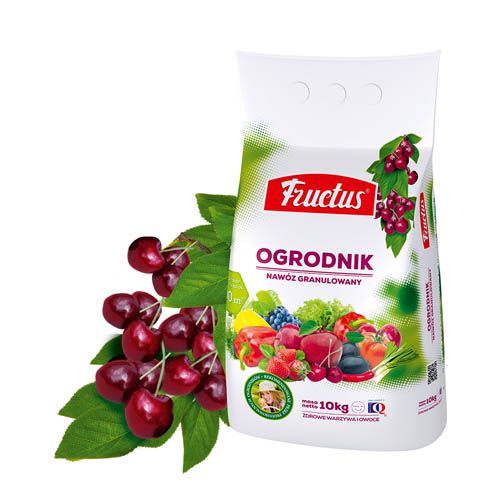Cultivation of vegetables
Nightshade plants
Nightshade plants are thermophilious with medium water demands. The best results are obtained on the soils that are warm, airy and well warming up. This family of plants includes tomato, pepper and potato. Nightshade vegetables are a valuable source of vitamins and minerals and, besides, they have a unique taste, so they should be a part of the daily diet of each of us
more
Tomato
Tomatoes can be grown in the ground, greenhouses and foil-tunnels. To be grown in the ground well shaded places with good exposure to sun should be chosen. Cultivation is more successful on permeable warm soils with rich humus content which must dug deep and enriched with well-arranged manure or compost. This plant needs biggest amounts of water during the binding and growing of fruit. This requires a regulated pH reaction (optimum pH reaction ranges from 5.5 and above), because it provides a good collection of calcium and prevents the occurrence of dry rot of fruit. Liming can be made in the autumn one year in advance, especially if you plan to cultivate manure crops. Tomato is a plant with high nutritional requirements. The optimum content (mg / dm3) of available components in the soil is: 90-120 N, 60-80 P, 200-250 K, 55-75 Mg, 1000-1500 Ca.
From the assortment of compound fertilizers it is recommended to apply fertilizers: Fructus Gardener (at a dose of 10-15 kg / 100 m2), Fructus Planter, Plantena with boron and Plantena Max (at a dose of 5-9 kg / 100 m2) 2-3 weeks before sowing or planting seedlings, while not forgetting to thoroughly mix the fertilizer with the soil to a depth of about 15 cm. In addition to the use of compound fertilizers also nitrogen should be used. Nitrogen dose – taking account of the quantity introduced with compound fertilizers – it should be 1-1.5 kg N / 100 m2. Dwarf varieties should be fertilized with nitrogen twice: about 1/2 dose 7-10 days before planting seedlings and the remaining part two weeks after the adoption of the seedlings. High variations fertilize: ⅓ dose three times (the first two as for dwarf varieties and the third at the beginning of setting up of the first bunch of fruit).
Peppers
It is a vegetable with high thermal and water requirements. When cultivating peppers the need for irrigation should be taken into account. The critical period which requires regular watering are phases from flowering, through setting of fruit to their maturation. Water scarcity causes shedding of flowers and fruit and, later, a significant deformation of fruit. The soil for growing peppers should be limed in autumn, in the case of manure crops (applied only in autumn), liming should be carried out in the preceding year. Compound fertilizers should be applied at the time and doses as in the case of tomatoes. Pepper requires nitrogen at a dose of 1.2-1.7 kg N / 100 m2 and for manure crops slightly smaller doses, i.e. 0.7-1.2 kg N / 100 m2. The first part of nitrogen should be applied before planting seedlings, the other parts three times: one dose 3-4 weeks after planting the plants, two others at intervals of 2-3 weeks. By introducing the above doses of nitrogen, the amount introduced with compound fertilizers must be taken into account.
FOR CULTIVATION OF NIGHTSHADE PLANTS WE RECOMMEND:
SHOW ALL PRODUCTS FOR FERTILIZATION OF NIGHTSHADE PLANTS
- Fructus nawóz uniwersalny (Fructus universal fertilizer) – granules
- Fructus OGRODNIK (Fructus GARDENER) – granules
- Fructus do warzyw (Fructus for vegetables) – liquid
- Fructus plantator (Fructus planter) – liquid
- Fructus NPK 20-20-20 + mikro
- Fructus NPK 12-12-36 + mikro
- Fructus NPK 11-52-8 + mikro
- Plantena z borem (Plantena with boron)





